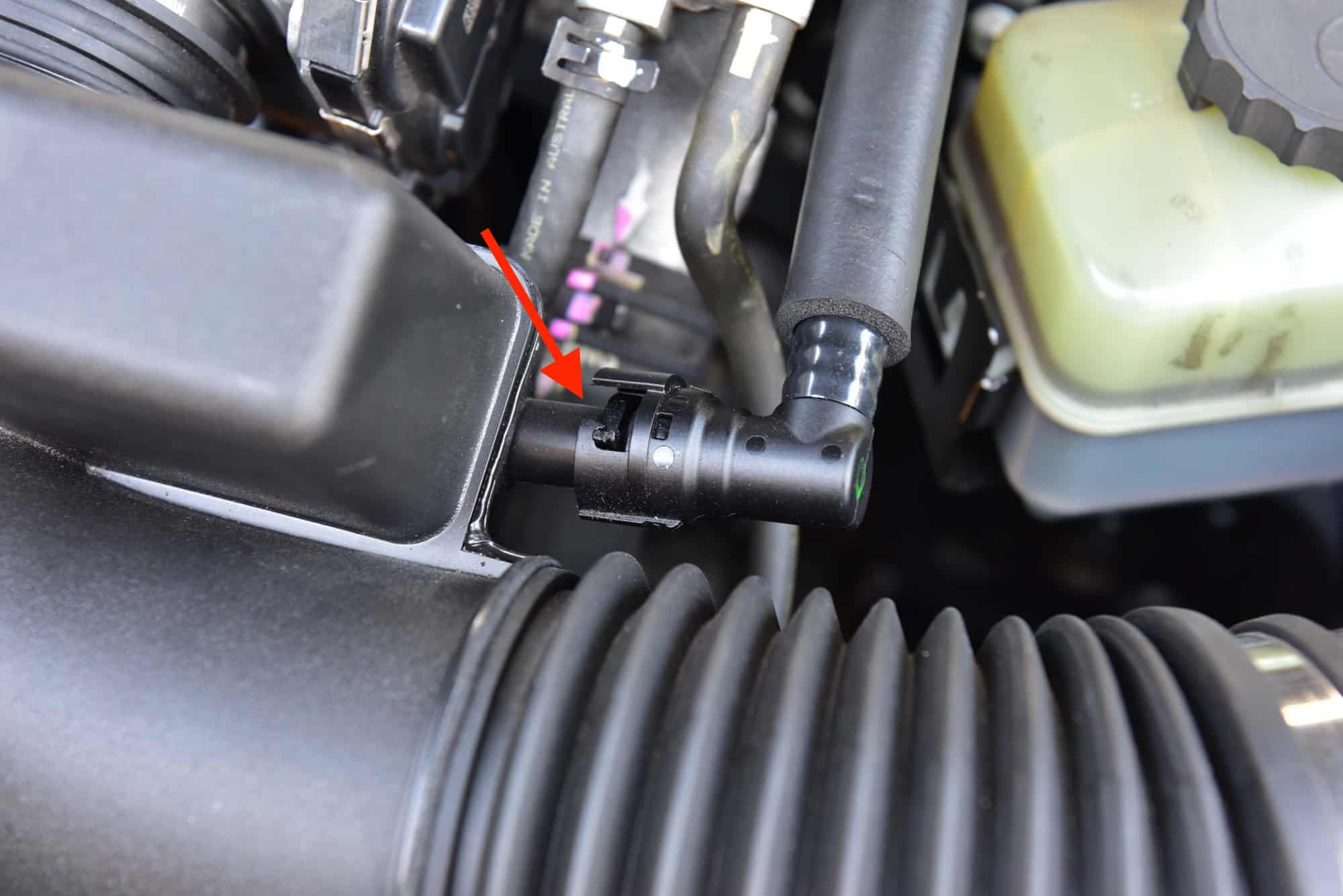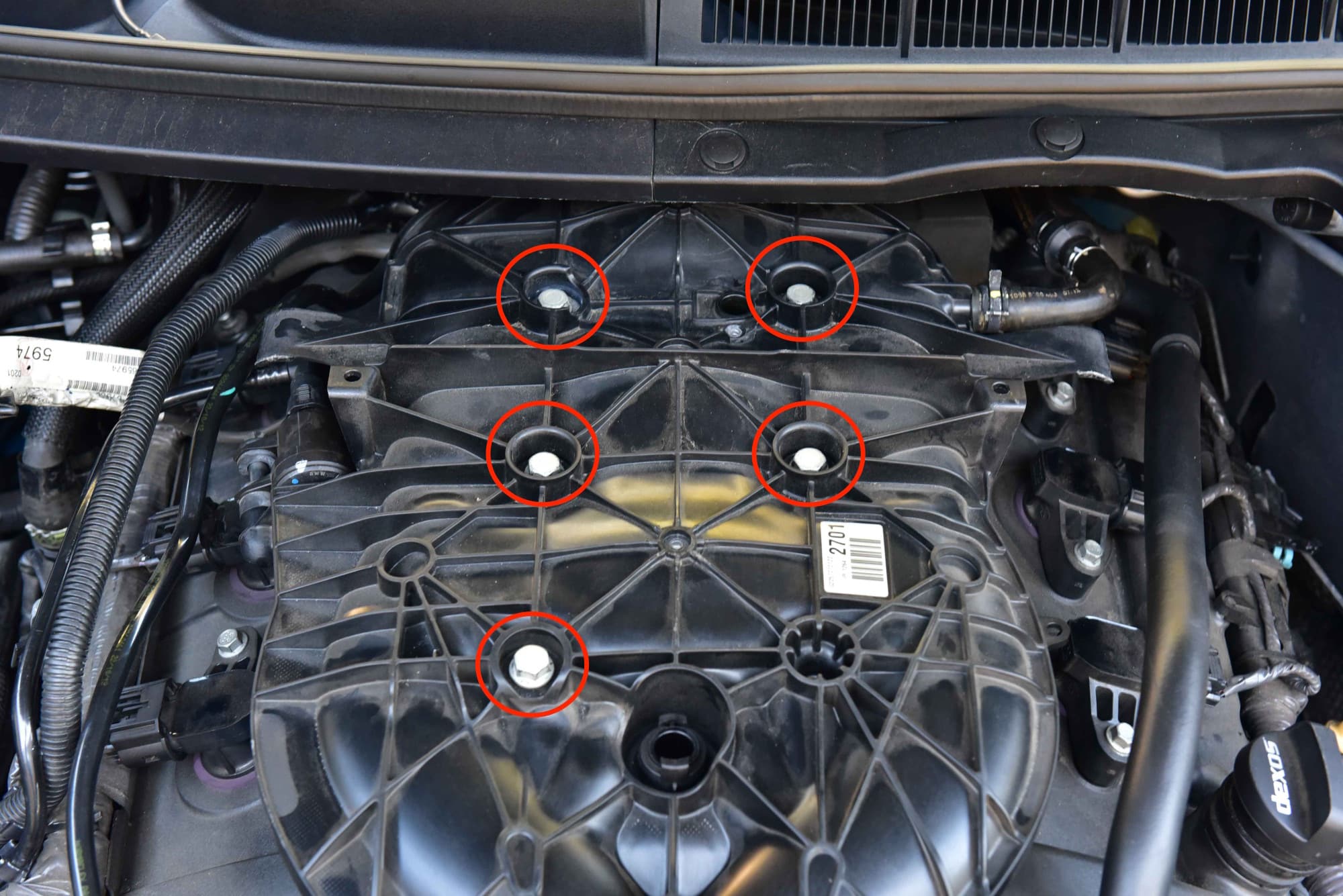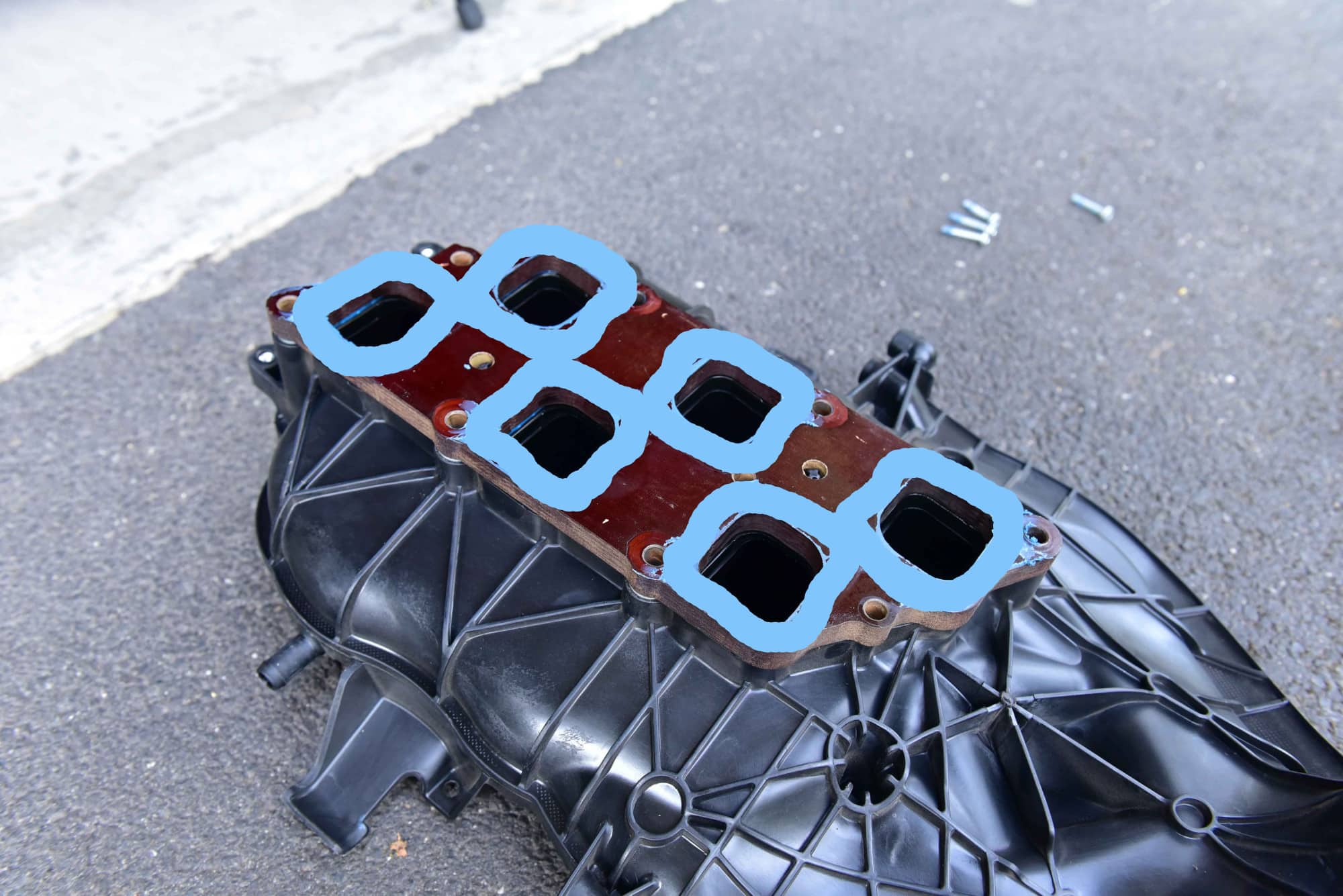Introduction
This guide will show you how to install a manifold insulator / spacer in your VE or VF Commodore fitted with an LFX engine (MY12+ Vehicles). This process is also very similar for late model Camaro vehicles fitted with the LFX engine.
Difficulty Rating
Moderate
Tools/Parts Required
- Socket Set
- Torx Key Set
- Spanners (Ratchet Spanners are preferable!)
- Blue RTV Gasket Maker
Step 18
Once the sealant has dried, install the manifold back onto the vehicle.
Please note that the rear bolt on the manifold MUST be pre-inserted into the manifold as you guide it into position, reversing the initial removal process. Due to the length of this bolt, it can not be inserted after the manifold is in place. There is simply not enough room above the intake manifold.
Did you find this guide helpful? Consider sharing it to help other car enthusiasts
Facebook
Twitter



















